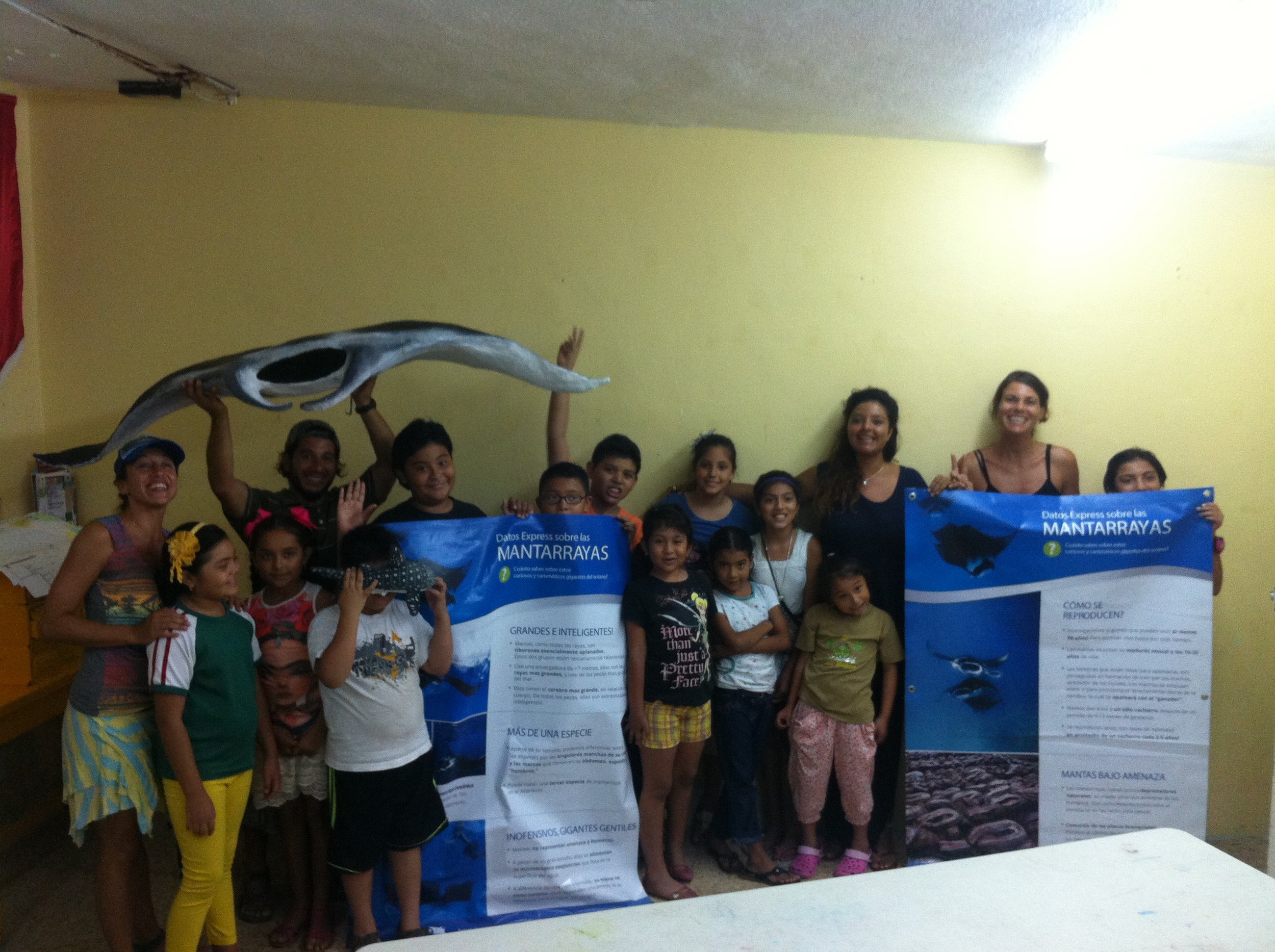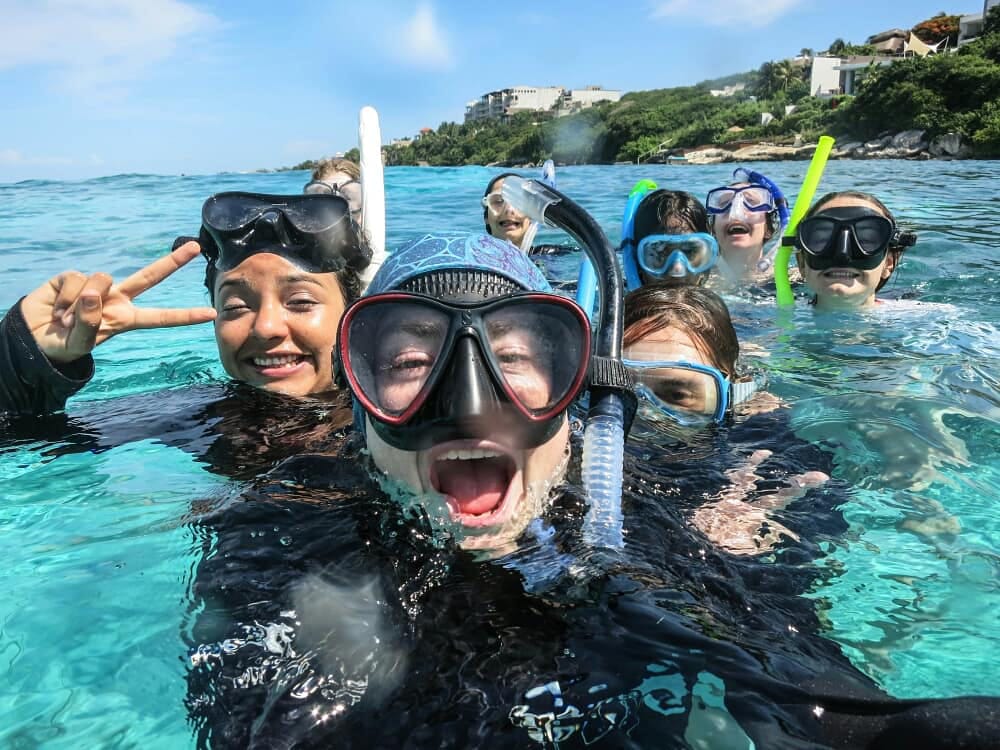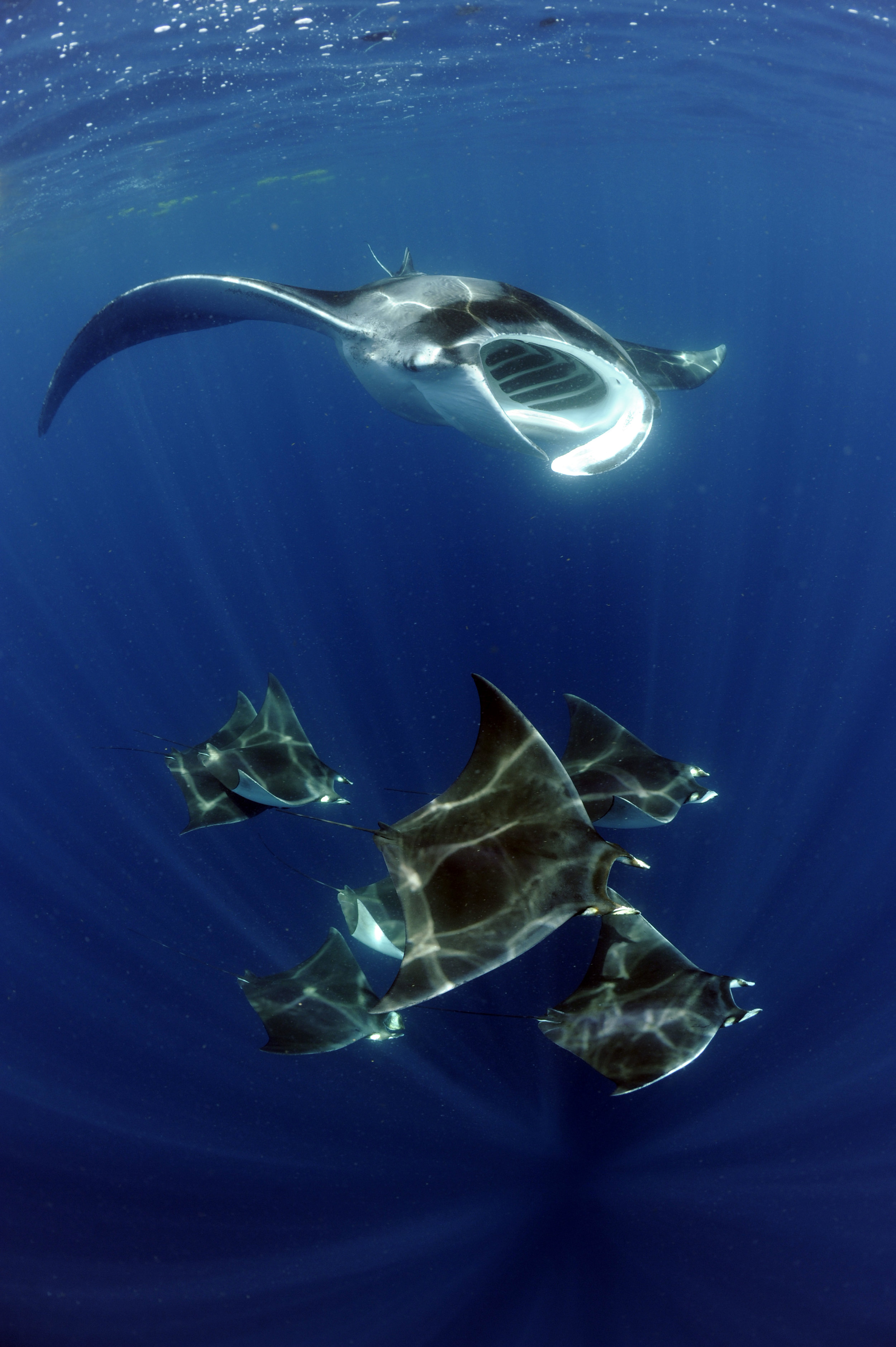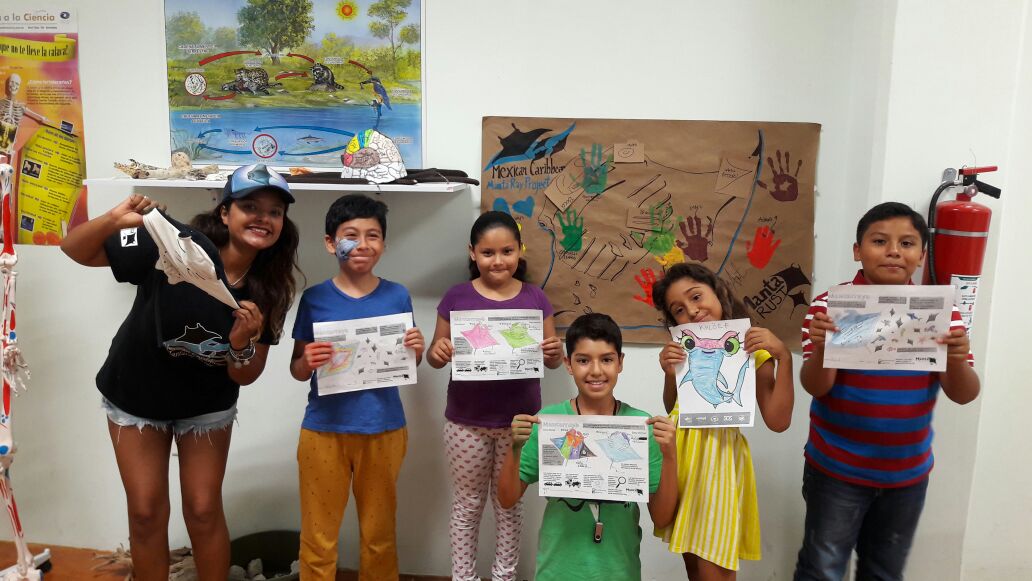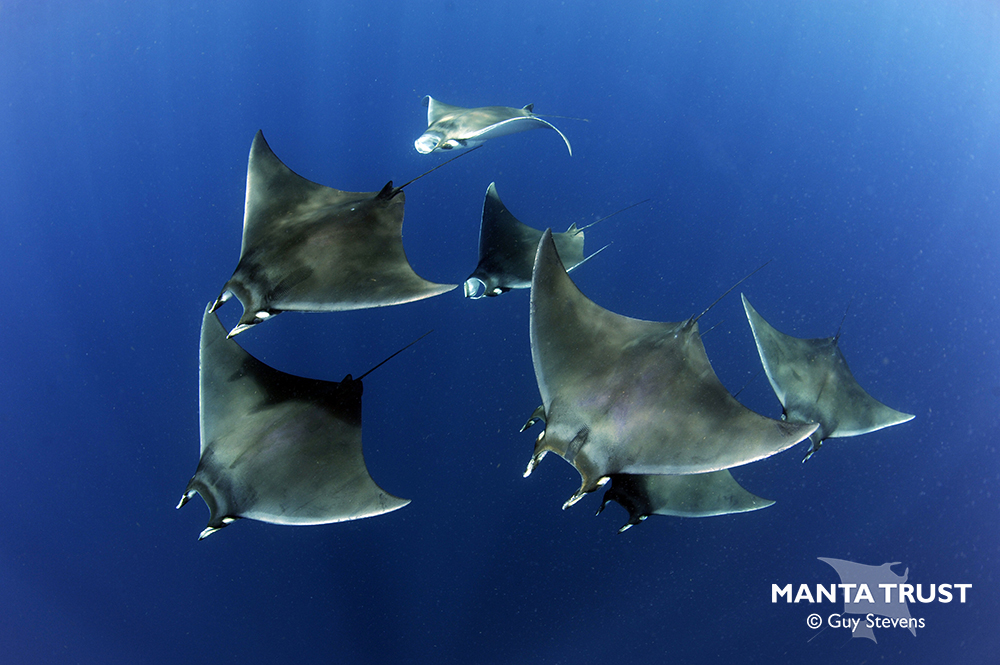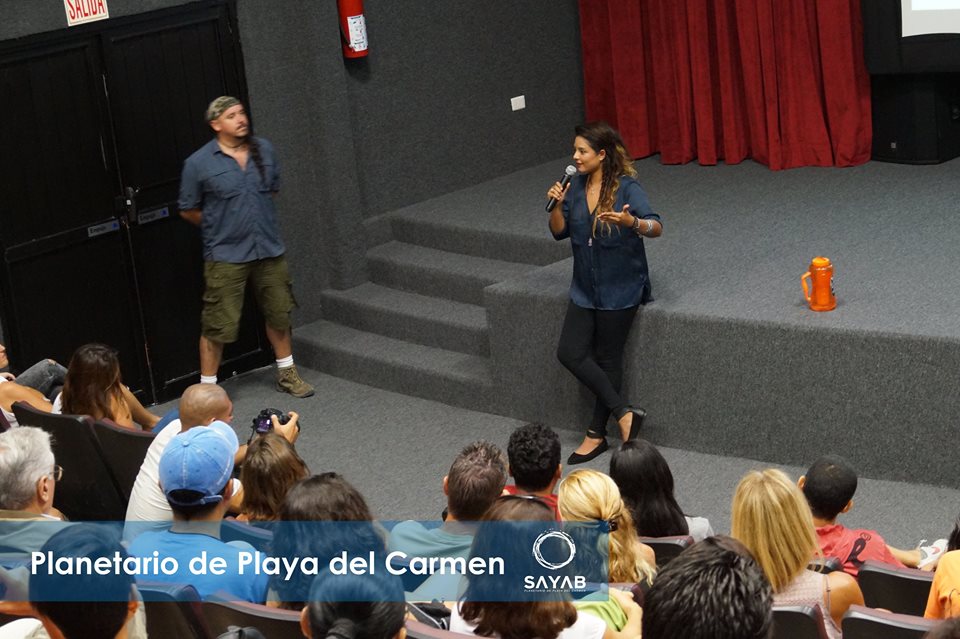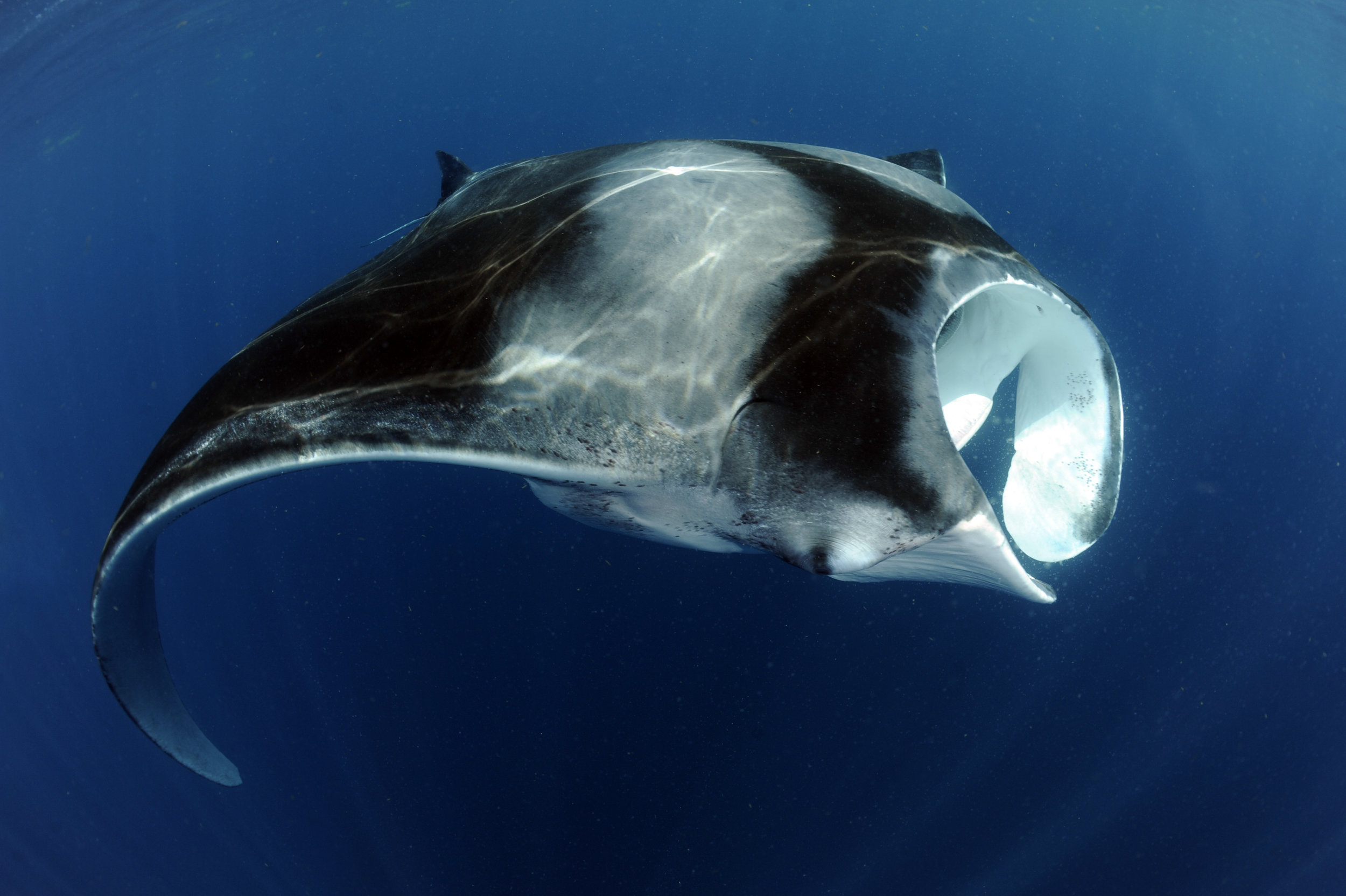
PROJECT OVERVIEW
(C) Karen Fuentes
Located in the northern region of the Yucatan Peninsula, within the Mexican Caribbean Biosphere Reserve, lies the transitional area between the Gulf of Mexico and the Mexican Caribbean where every year from May to September, upwellings of nutrient and plankton rich waters attract many hungry filter feeders, including manta rays, Atlantic pygmy devil rays and one of the largest known aggregations of whale sharks in the world!
Current legislation forbids the landing of manta and devil rays in this region, however there are not sufficient management measures in place to enforce this ban across such a large area. Unfortunately, this manta population is under threat from fisheries that are targeting them primarily to use as bait for shark fishing. Additionally, it is feared that many manta and devil rays are also caught and killed incidentally as bycatch by fisheries targeting other species in the region.
The MCP is a Mexican-registered non-profit organization, based on Isla Mujeres. Founded in 2013 by Karen Fuentes, to conduct research on and describe the local manta ray species, promote awareness in the local communities through educational programs, and to attain knowledge and data that can be used to develop sustainable models for the conservation of this species.
Why is this manta population so important?
MCP believes the manta population seen in the Mexico Caribbean to be a third, putative (yet undescribed) species of manta ray that is sympatric to the oceanic manta ray in this region. This ‘Atlantic’ manta ray appears to occupy a similar niche to the reef manta ray and is similar in size, but its dorsal colouration is a cross between oceanic and reef manta rays.
PROJECT GOALs
To increase national protection for all manta and devil ray species found in the Mexico Caribbean Biosphere Reserve; eliminating targeted mobulid fisheries, minimising the impact of fisheries bycatch on mobulids and protecting key habitats and migratory corridors for all mobulids within the Yucatan region. To learn more about the distribution and ecology of this putative species of Caribbean manta. To raise awareness in the local community and of visiting tourists, of the environmental and economic importance of local marine ecosystems and manta rays to the region, and the threats they face.
MAIN OBJECTIVES
To achieve our goal, the Manta Caribbean Project works to meet the following objectives:
(1) Work with the Mexican government, providing data, materials and expertise to achieve the inclusion of mobulids into national and federal legislation (059 NOM semarnart);
(2) Undertake research on local mobulid populations to assess evidence of illegal targeted fisheries and fisheries bycatch of mobulids in the region; creating a regional network of illegal fisheries reporting and making recommendations through formal reporting and publications to appropriate management authorities.
(3) Run educational workshops with local schools, fishermen and tour operators.
(4) Through photo-ID, aerial surveys and satellite tagging of manta rays in the region, gain a greater understanding of the size, dynamic, spatial distribution and habitat use of this population.
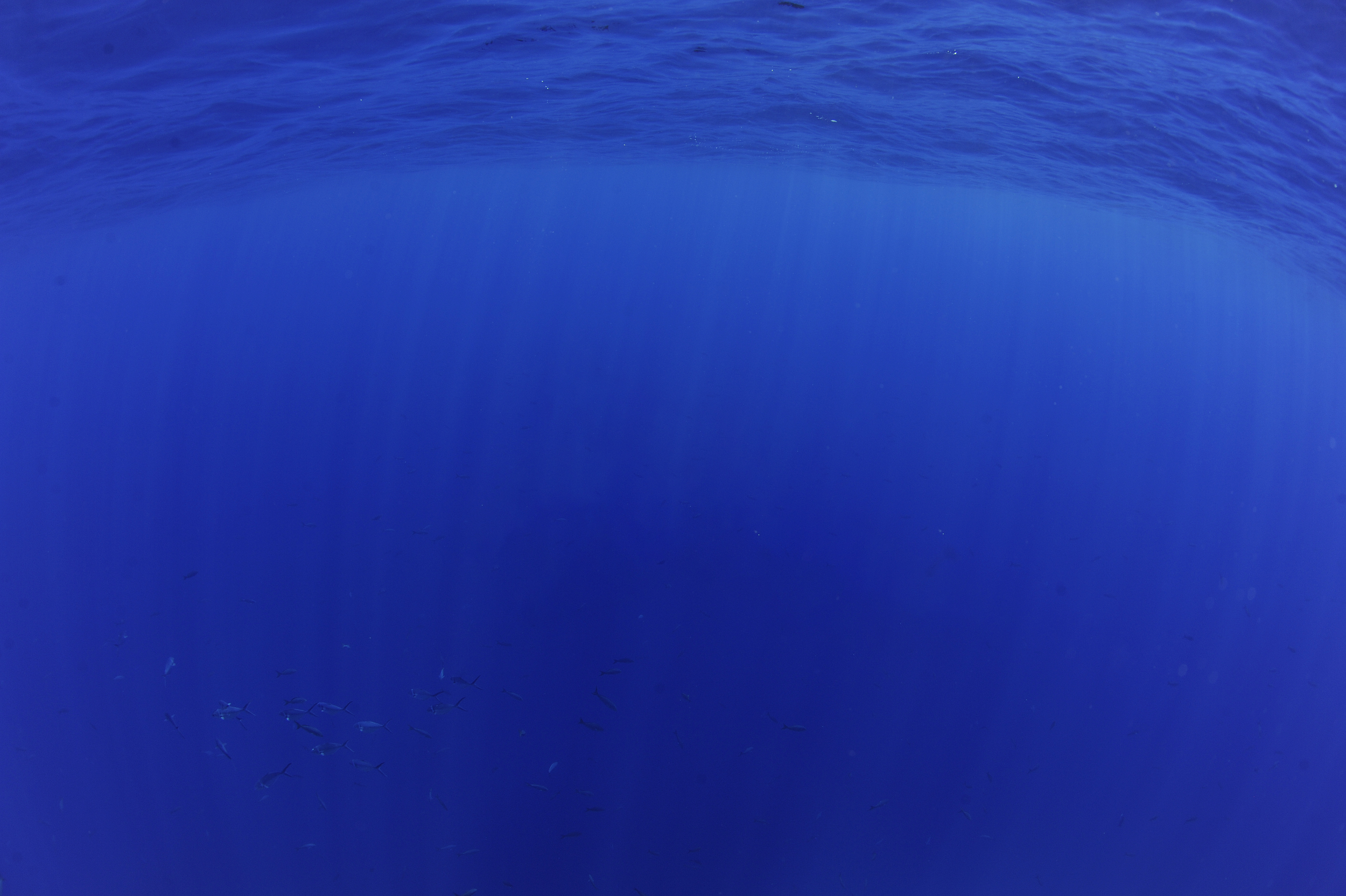
PROJECT FOUNDER - KAREN FUENTES
Born and raised in Mexico City, Karen gained qualifications in management and tourism. Over the past 11 years, she has worked as a translator and naturalist guide in a variety of National Parks and Biosphere Reserves around the Yucatan Peninsula, driven by a passion for nature and especially the oceans.
Whist working for a whale shark tour operator, Karen had her first encounters with manta rays in the Mexican Caribbean Biosphere Reserve and fell head over heels in love with them. Upon discovering that nobody was studying the local manta population, Karen founded the Manta Caribbean Project in 2013 with the purpose of learning about biology and ecology of manta ray populations within the Mexican Caribbean and Gulf of Mexico waters.
After reaching out to Dr. Josh Stewart for guidance on establishing a valid new research project, Karen visited his project in Yelapa in 2014, and soon after connected with the wider Manta Trust team, becoming an affiliate project and part of our global network. In 2017 she travelled to the Maldives to spend time working with the Maldivian Manta Ray Project, learning more about data collection and research techniques.
Karen hopes that her project will ultimately have a positive and transformative impact on her local community by reducing negative human impact on native marine ecosystems and the species that depend on them.

Key Achievements
Established first manta ray ID database in the Mexico Caribbean, recording over 450 individuals since 2013.
Established a successful volunteers programme in 2016; giving over 40 people valuable work experience in field research and marine education to date.
Participates annually in environmental festivals, ocean days and earth days in Isla Mujures (since 2015).
VOLUNTEERS PROGRAMME
Manta Caribbean Project’s annual volunteers programme offers the chance to work on conservation projects with schools, local stakeholders and the general community in Isla Mujures, Mexico. Learn about manta research, photo identification and database management whilst getting some hands-on experience in the field taking manta-ID pictures and collecting samples.

Photos from the field










